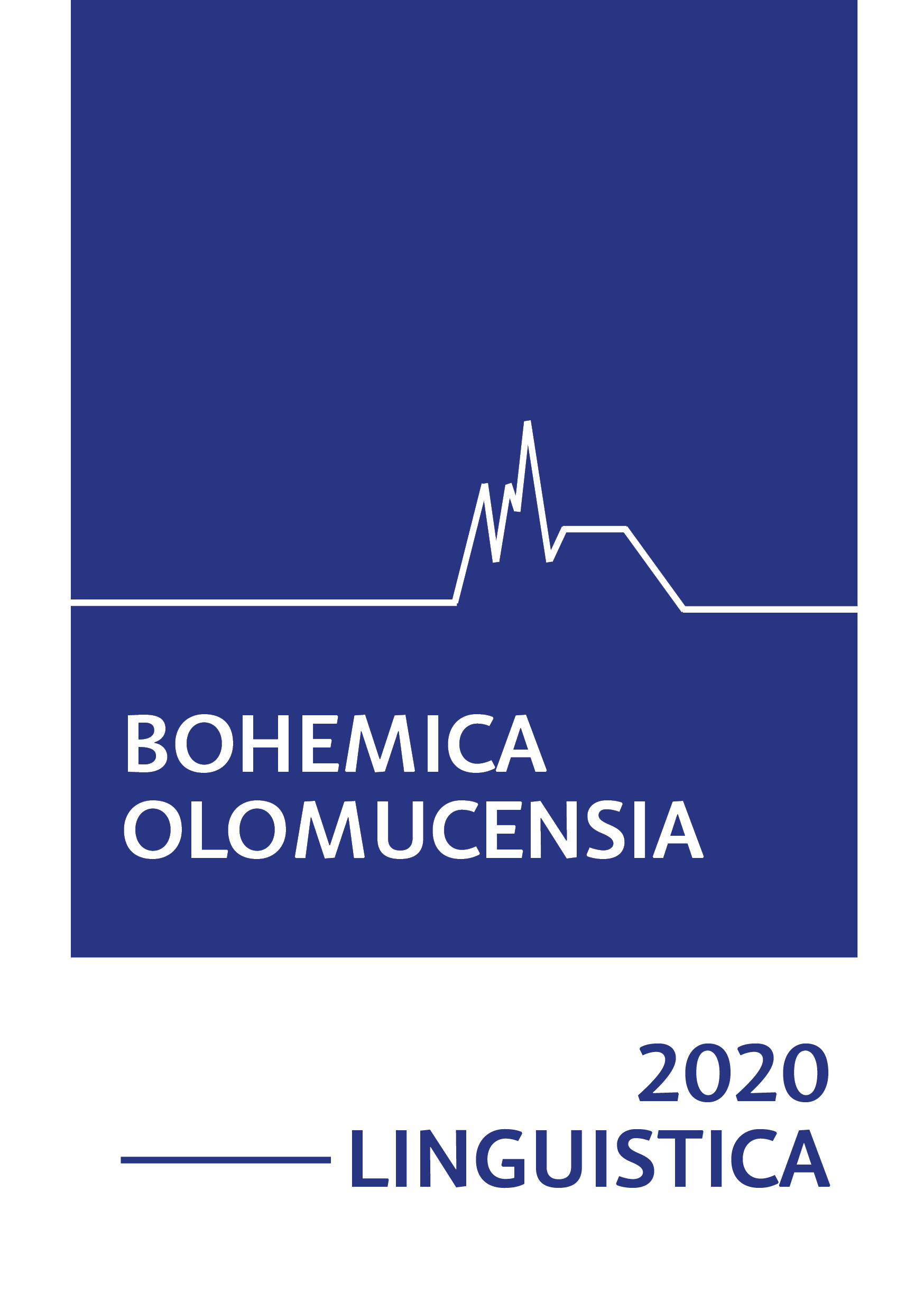Ke genezi pojmu „nastolování“ v církevní slovanštině
a staré češtině
On the Genesis of The Word Nastolování in Czech Slavonic and Old Czech
Author(s): Helena KarlíkováSubject(s): Language studies, Language and Literature Studies
Published by: Univerzita Palackého v Olomouci
Keywords: Old Church Slavonic; Old Czech; calque; Church Slavism; etymology
Summary/Abstract: The word nastolování denotes enthroning, raising somebody to the throne. Since the Middle Ages the term “enthroning” is in many European languages basically the only official meaning used for this ceremony. In his dictionary F. Miklosich records the verb nastolovati with the meaning ‘in throno collocare’ and the adjective nastolovanъ ‘in throno sedens’. It is obviously a derivative of the Old Church Slavonic noun stolъ, which was, in Old Church Slavonic translation texts, a usual equivalent of Greek θρόνος ‘armchair, seat; (in the New Testament) royal seat, throne’. Old Czech lacks a verb equivalent to the mentioned Czech Slavonic verb (attested is only perfective nastoliti), though it has the deverbal noun nastolovánie ‘raising to the throne’. This noun occurs only in a name of one of religious feasts which is used to be called Nastolovánie svatého Petra [Raising Saint Peter to the throne] in Old Czech documents. The contribution tries to find out whether Church Slavonic nastolovati could be regarded as a calque from Greek and whether Old Czech nastolovánie could be viewed as a Church Slavism.
Journal: Bohemica Olomucensia
- Issue Year: 12/2020
- Issue No: 2
- Page Range: 62-73
- Page Count: 12
- Language: Czech

